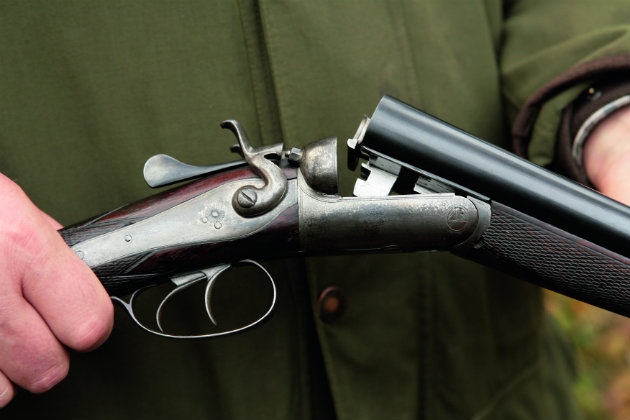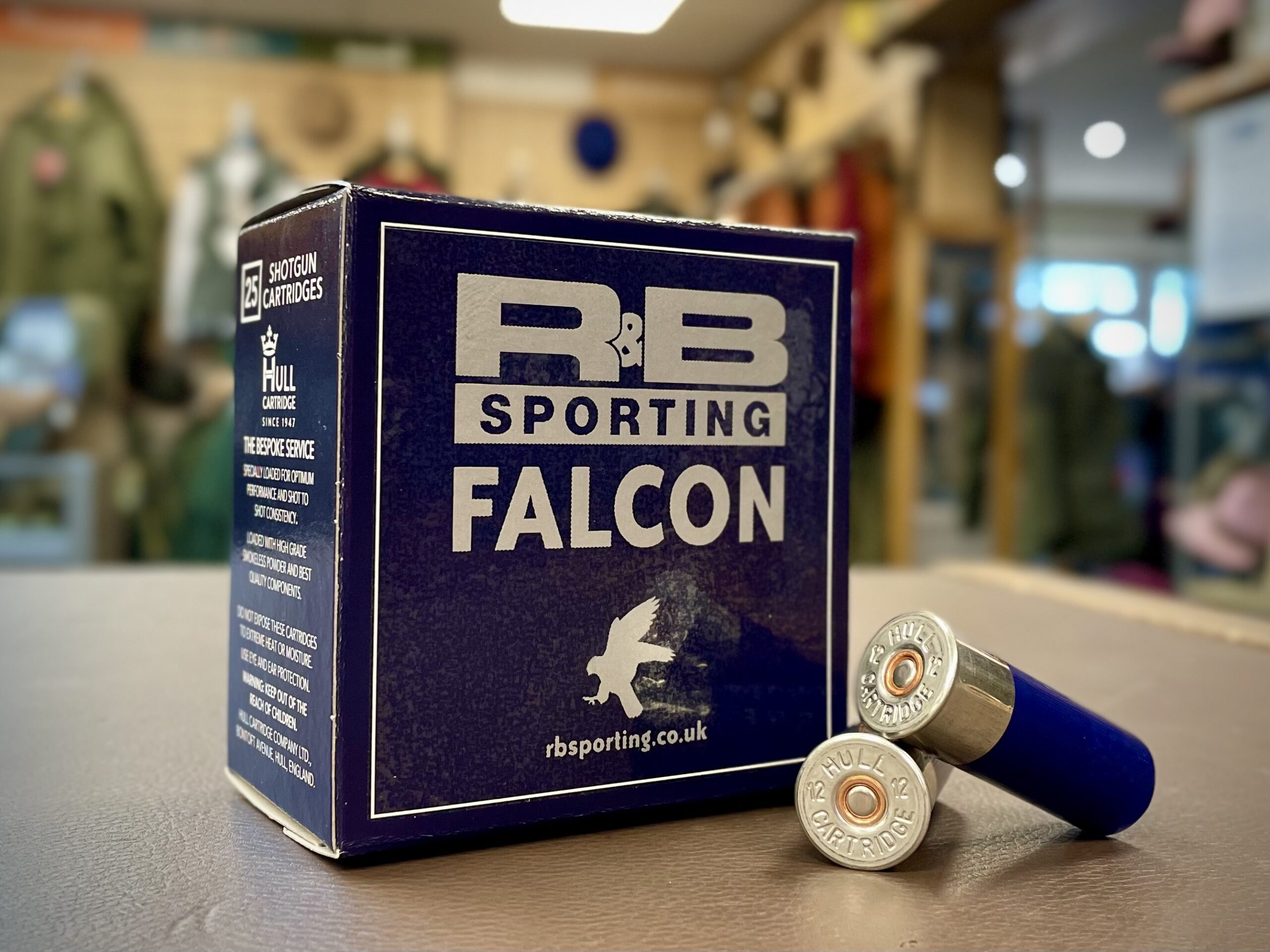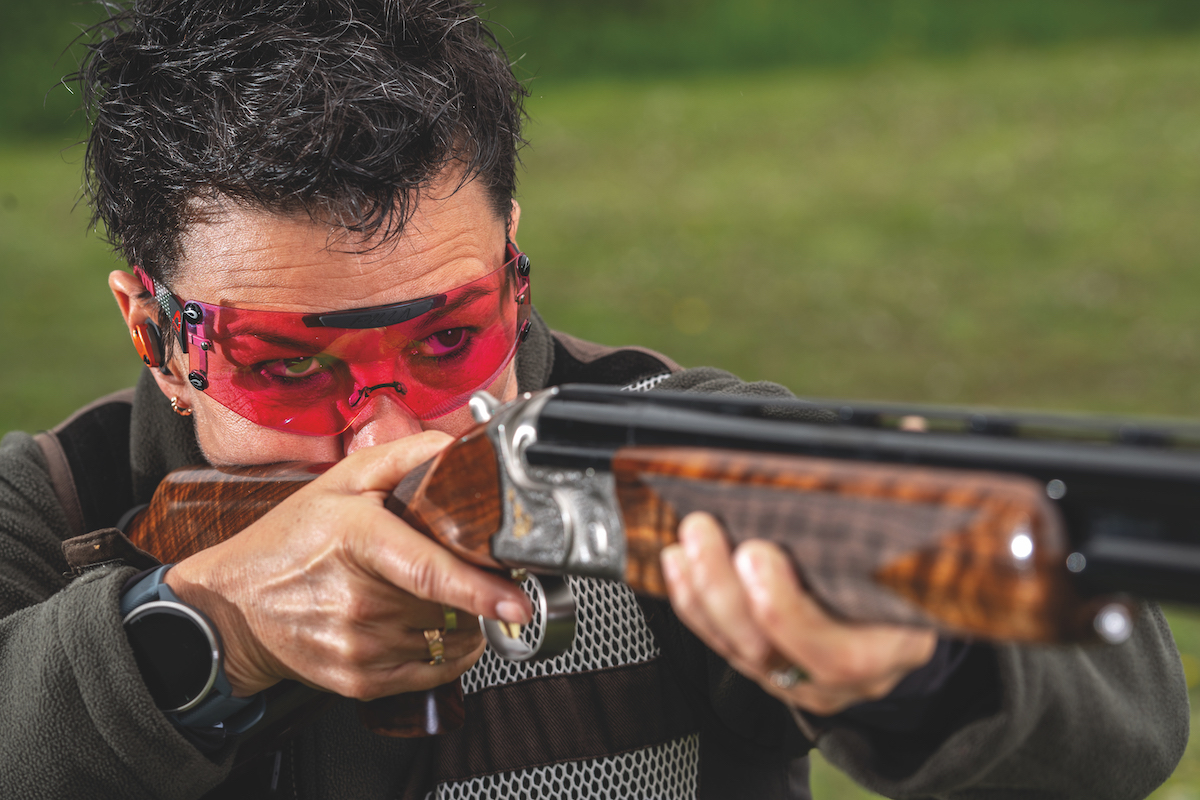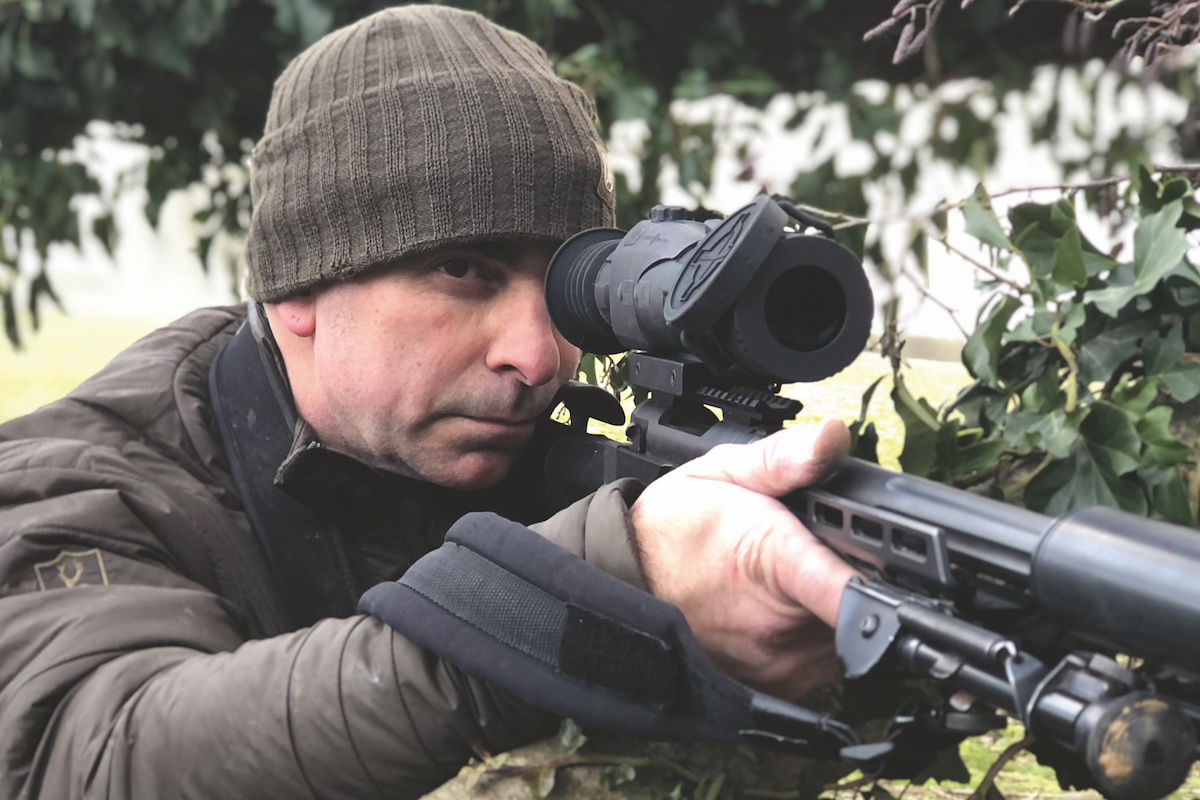Don’t discount second-hand side-by-side shotguns
Q: I am fairly new to shooting and would like to buy a second-hand shotgun, probably a side-by-side as I prefer how they look. There seem to be some good bargains to be had because I know these models aren’t as fashionable currently as over-and-unders. Can you tell me what I need to check for when I’m buying second-hand? I would love to bag a bargain but don’t want to end up having made a false economy. What are the sure signs that I shouldn’t buy a particular shotgun?

Because side-by-side hammerguns are currently unfashionable, you may be able to find a bargain
A: English boxlock shotguns represent fantastic value for money because they are rather unfashionable at the moment. The Italian over-and-under carries all before it. A boxlock made between the wars or just after World War II is a classic handmade sporting gun. So is a hammergun. Both represent very good value for money in the current market. Assessing a gun’s condition is really best left to an expert because there are many factors that determine whether a gun is safe and in good cosmetic condition or just a worn-out dangerous old nail.
What to look out for
There are some basic things that you can spot that will at least give you an inkling that all is not well:
- Avoid any gun that seems to have deep pitting in the bores. These always show up as black spots when the barrels are held up to the light.
- The same goes for dents and bulges. These can be detected by running the fingertips up and down the tubes.
- Check whether the barrel ribs have lifted. Hang the barrels by the hook on your fingers and tap the tubes smartly. If the rib is in good condition there will be a clear bell-like sound. If there is a dull “clack” the ribs have become unsoldered.
- Take off the fore-end and, holding the gun by the stock wrist, give it a gentle shake. You will feel any looseness that indicates it is time that the gun was re-jointed.
- Test the ejectors with snap caps. To my mind, ejectors are just something else that can go wrong. In any case, non-ejector boxlock guns are as cheap as chips at the moment. Not having an ejector encourages you to put your empty cases in your pocket rather than littering the countryside because they have been ejected into the bushes.
- Make sure there is no play between the head of the action and the stock.
- Examine stocks minutely for cracks and old repairs.
- Avoid a gun with an oil-soaked stock. Mineral oil weakens wood fibres.
- Ensure the gun is proofed for nitro cartridges and that the proof marks are valid.
Should I shoot game birds with a side-by-side or over-and-under?
Side by side shotguns are loved by traditionalists. Many Guns start shooting with a side-by-side shotgun (which they have possibly…
How to find bargain British side-by-side shotguns
It is not surprising that even those shooters brought up on the modern imported over-and-under sometimes cast an appreciative eye…










